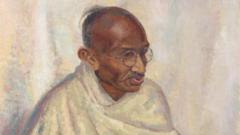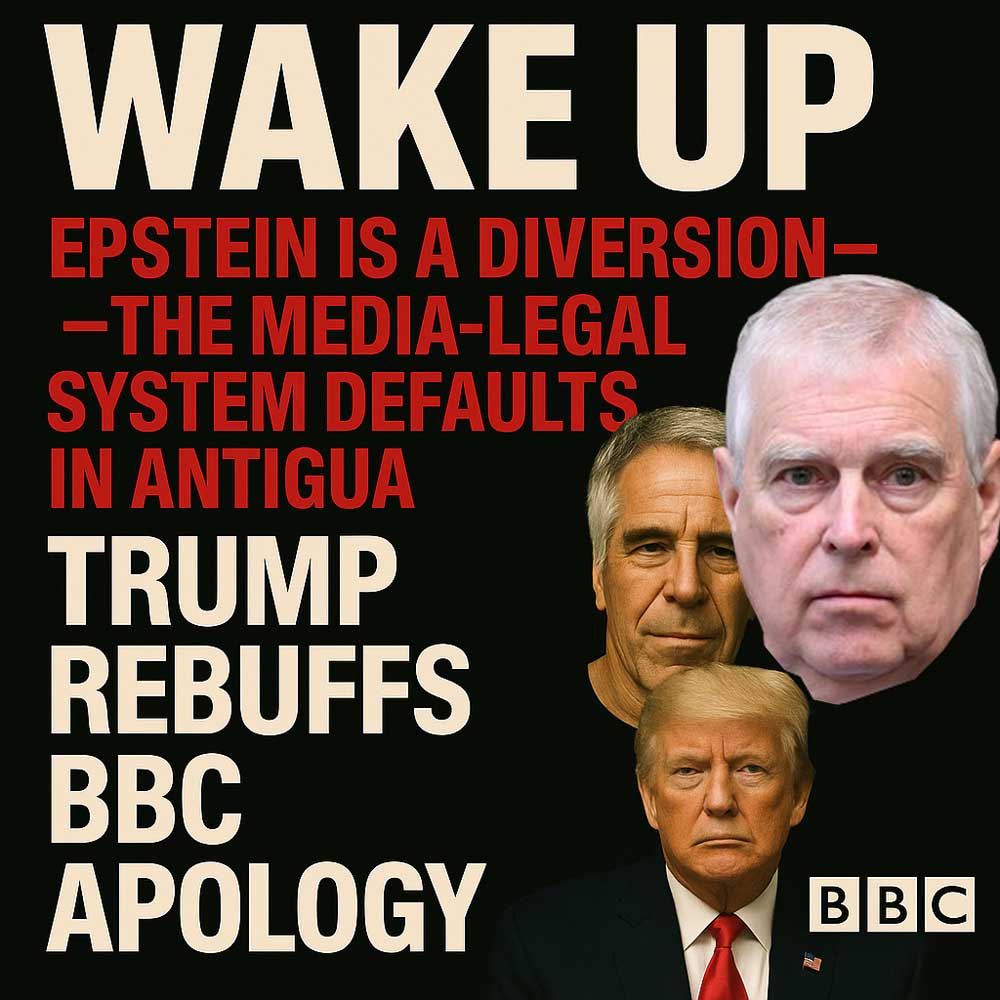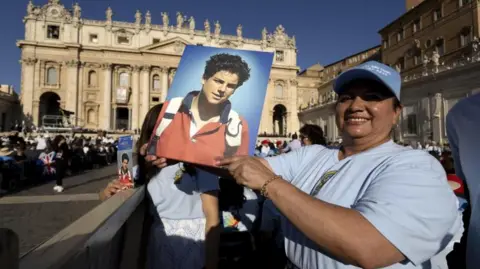The artwork was produced while Gandhi attended the second Round Table Conference aimed at discussing India’s self-governance aspirations. Caspar Leighton, a descendant of the artist, emphasized the painting’s importance, expressing hope that it would eventually find a broader audience. Clare Leighton had the rare privilege of spending time with Gandhi, sketching him on multiple occasions due to her connection with Henry Noel Brailsford, a journalist and supporter of Indian independence.
The portrait was initially exhibited in November 1931 at Albany Galleries in London, although Gandhi himself did not attend. However, other notable figures, including fellow independence leader Sarojini Naidu, were present. Accounts describe Gandhi’s portrayal as intimate, with a focus on his demeanor and gestures.
The painting has undergone a history of conservation, including a restoration in 1974 after being damaged. While it has not been publicly displayed extensively, its legacy remains significant, despite being a source of contention among certain political groups in India. The auction represents a rare opportunity for collectors and historians to acquire a piece of important cultural heritage linked to one of the 20th century's most influential figures.
The portrait was initially exhibited in November 1931 at Albany Galleries in London, although Gandhi himself did not attend. However, other notable figures, including fellow independence leader Sarojini Naidu, were present. Accounts describe Gandhi’s portrayal as intimate, with a focus on his demeanor and gestures.
The painting has undergone a history of conservation, including a restoration in 1974 after being damaged. While it has not been publicly displayed extensively, its legacy remains significant, despite being a source of contention among certain political groups in India. The auction represents a rare opportunity for collectors and historians to acquire a piece of important cultural heritage linked to one of the 20th century's most influential figures.




















